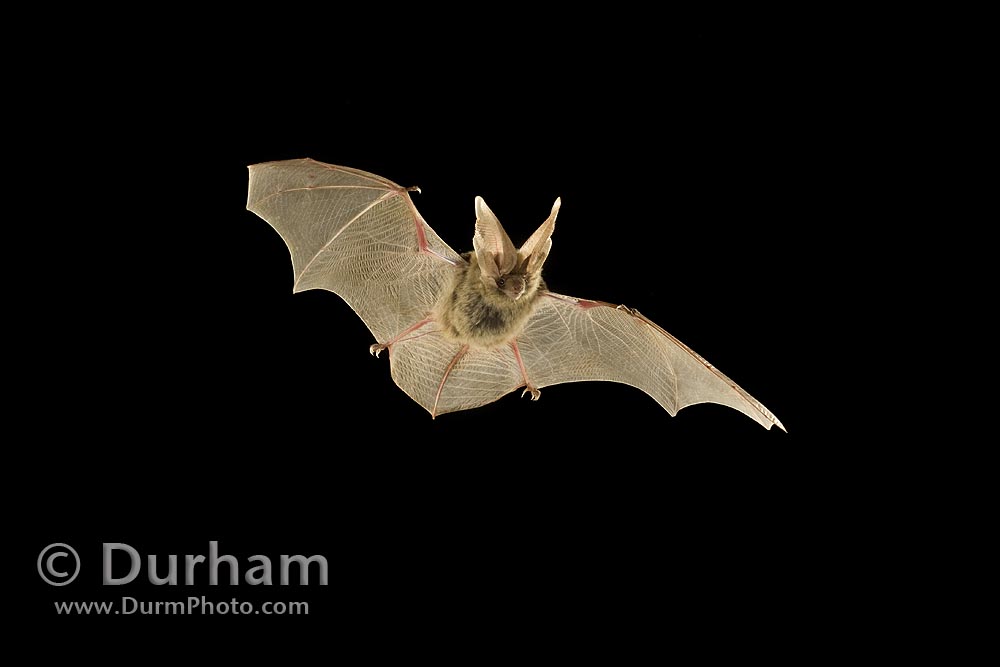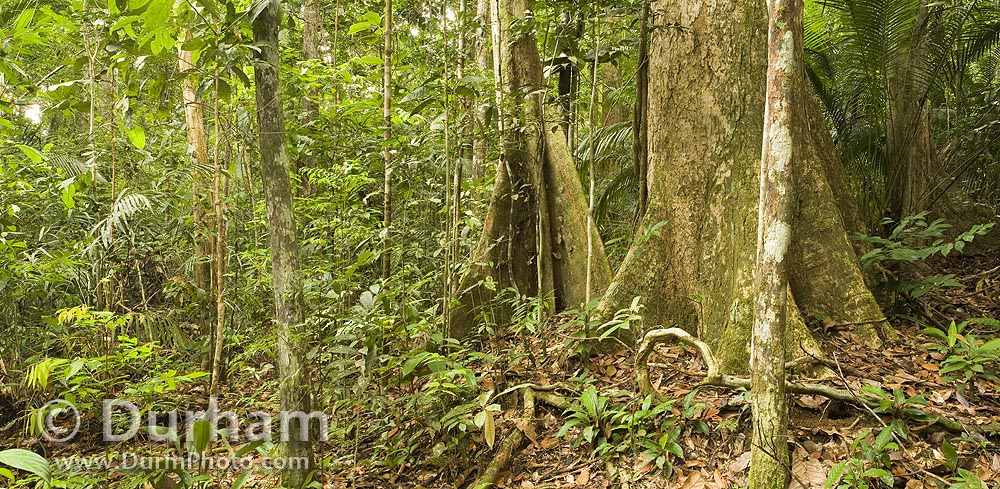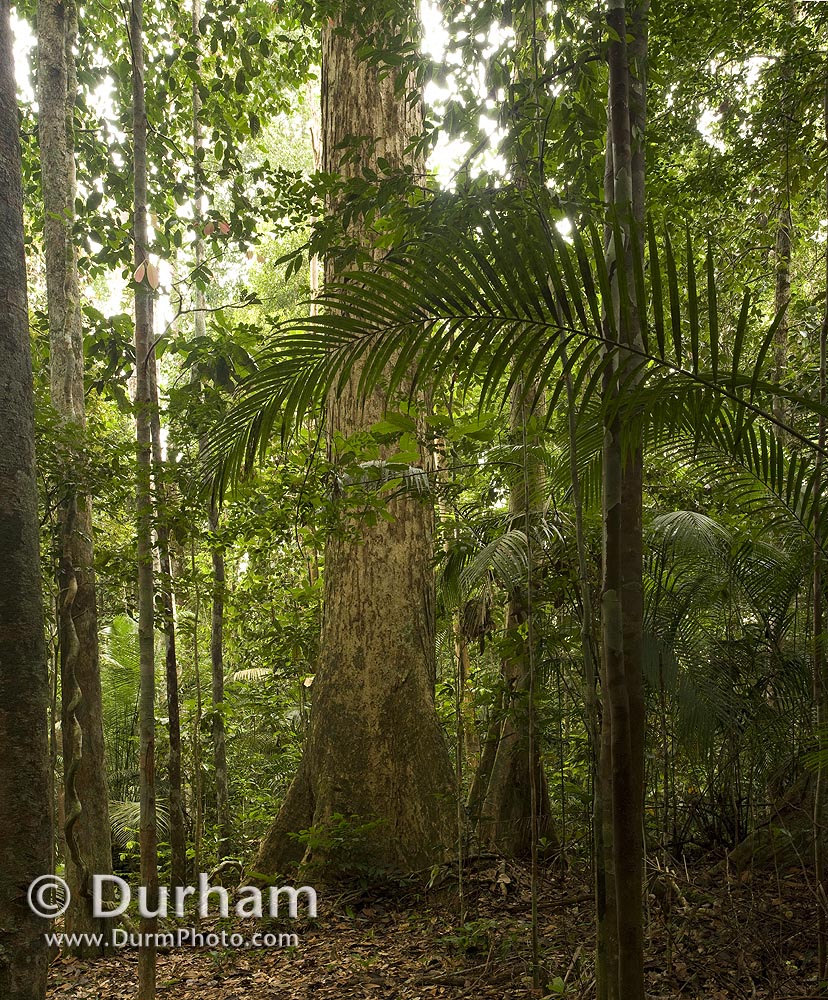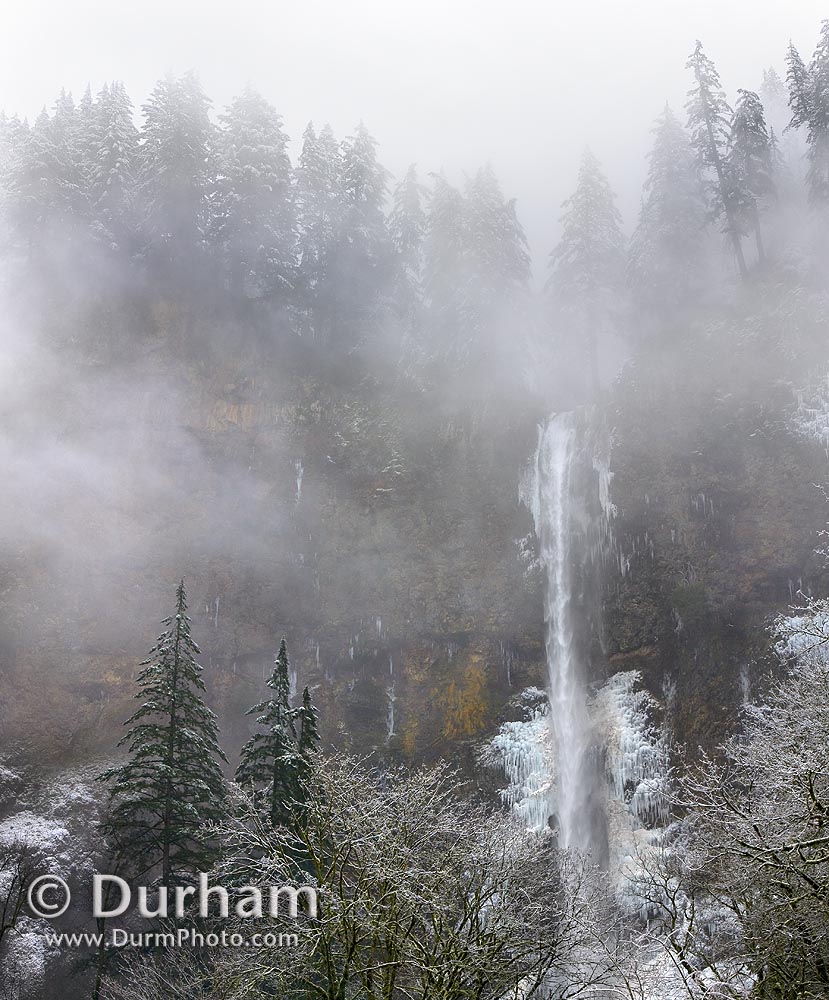Enter the Bat Dog.
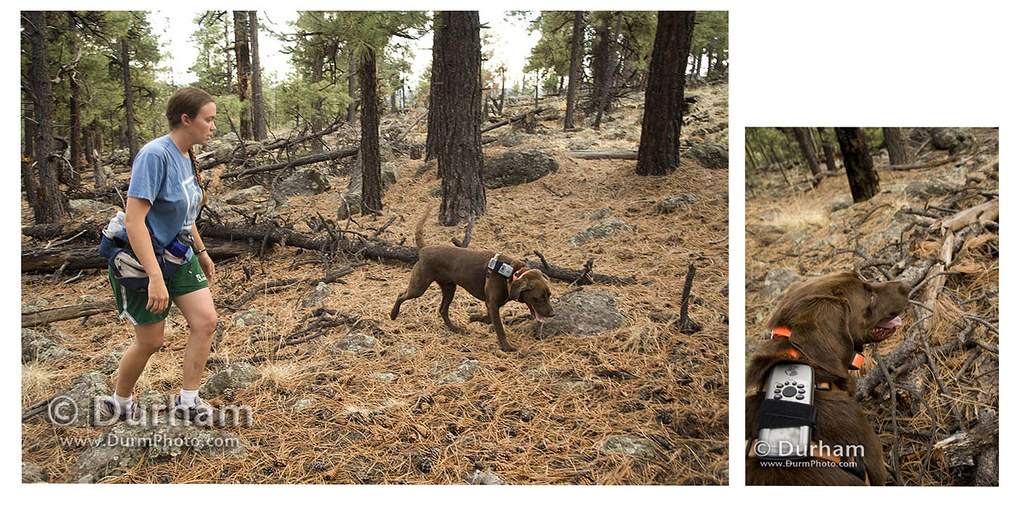
CJ, a chocolate lab working as a trained wildlife detector dog, tries to find bat roosting sites along with his handler, wildlife technician Elisabeth Mering in the Coconino National Forest in Arizona. Note the gps unit that will track CJ's evey move.
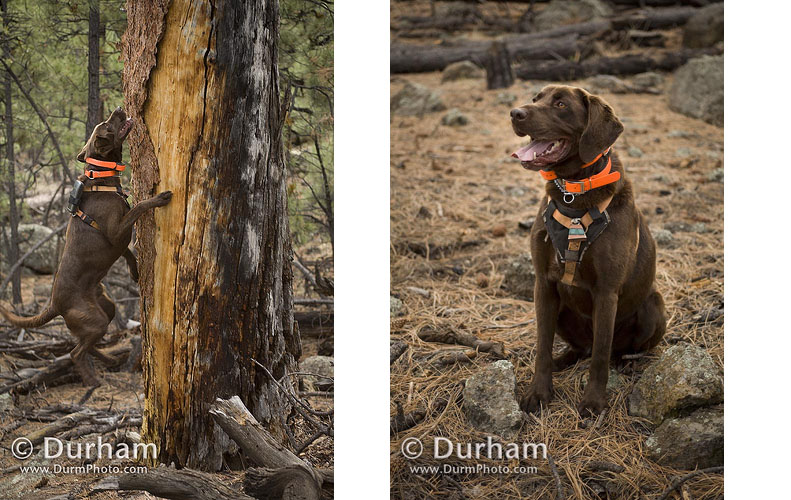
Once CJ detects the sent of bat guano, he will alert.
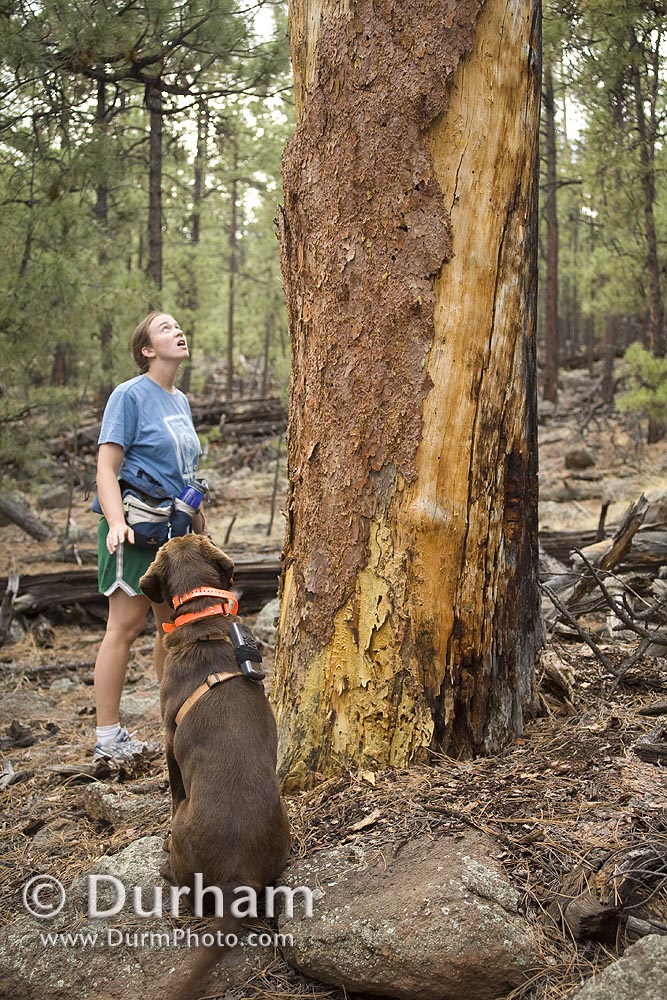
Here, tucked under the bark of a dead ponderosa tree is a maternity colony of allen's lappet-browed bats. It looks like chaos, but there are about 17 bats crammed together in this tiny spot.
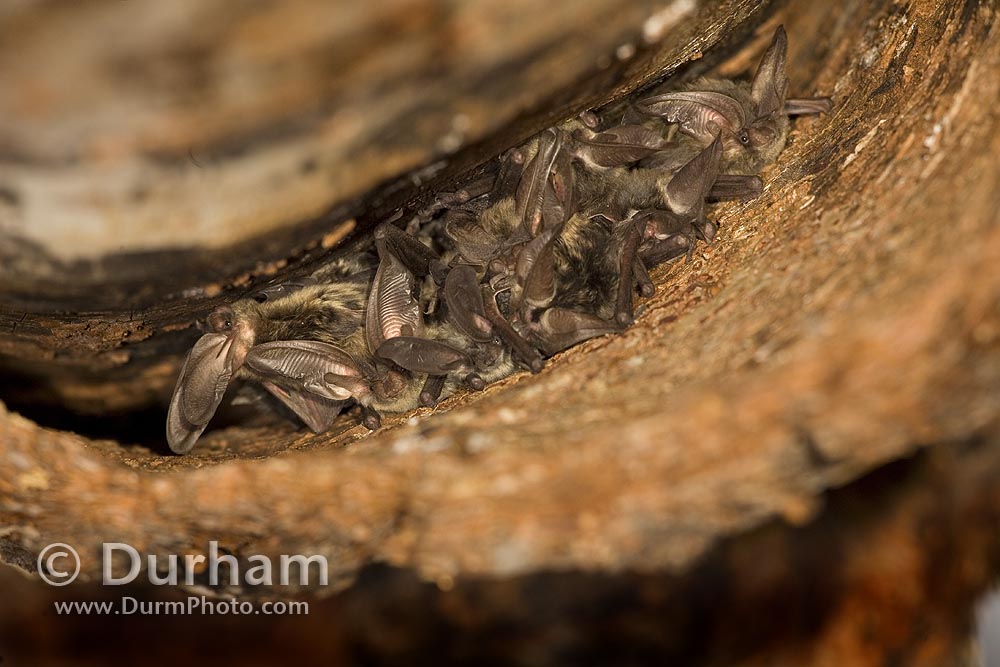
As night falls, they slowly pop out from under the bark and head out into the night.
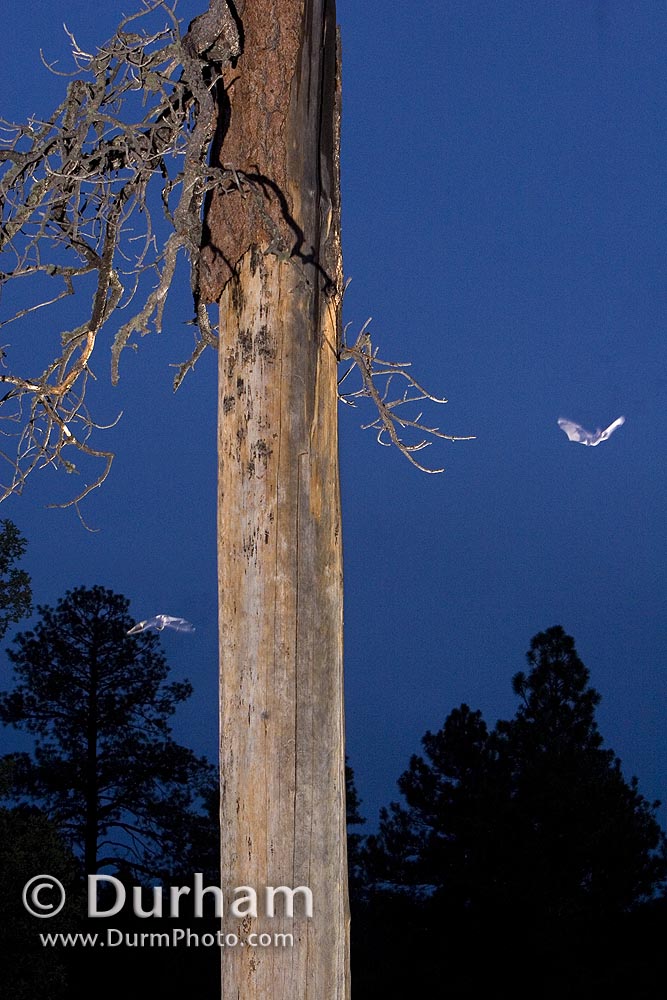
Little is known about this rare species.
